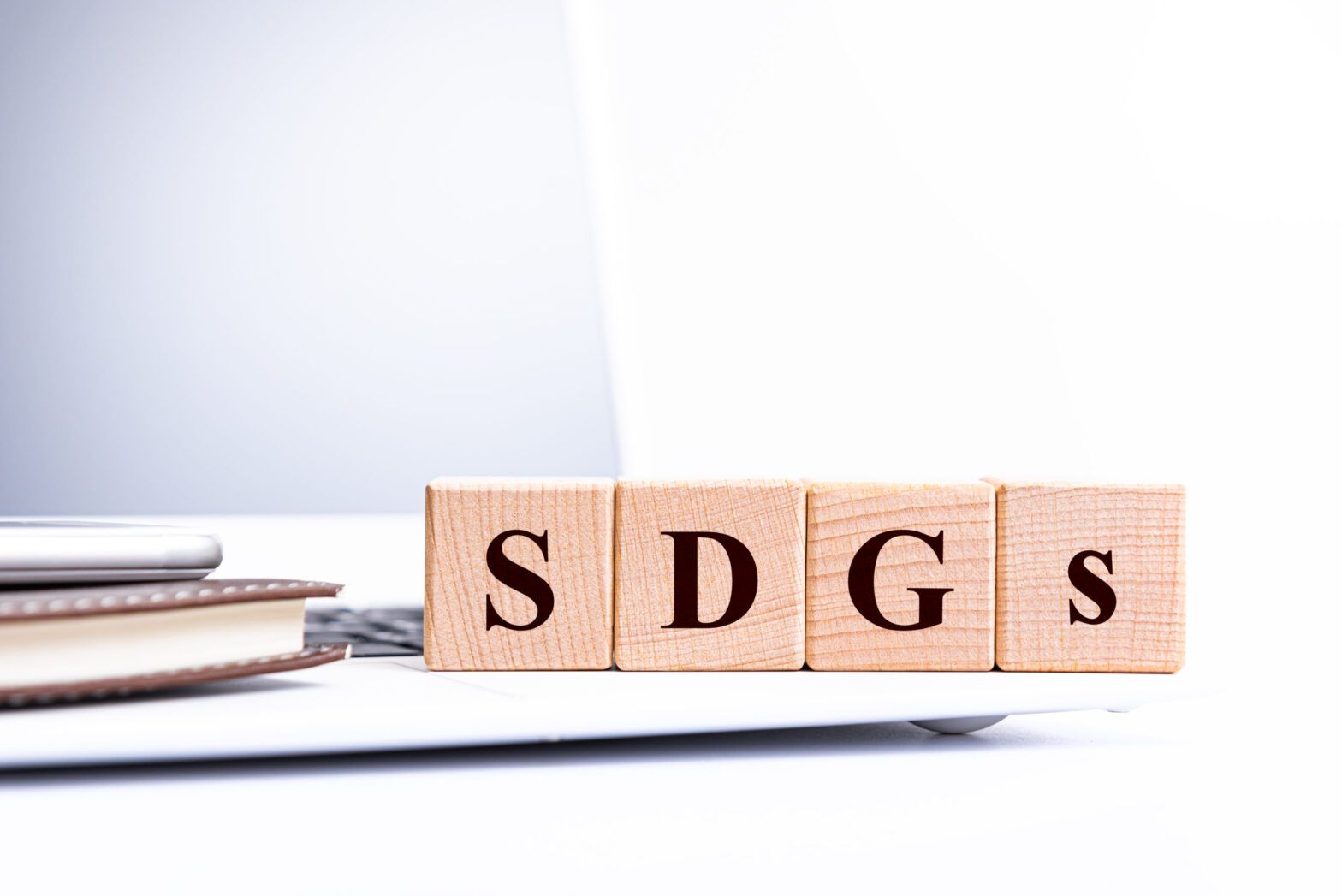A review of 6,000 US-domiciled funds has listed those most useful ones for driving progress on each UN Sustainable Development Goal (SDG), as well as the funds doing most to undercut them.
In its report, Impact Investment Leaders and Laggards, British fintech Util found for SDG 1 – “End poverty in all its forms everywhere” – the highest positive contributors in terms of funds tended to have a moderate exposure to banking and insurance. Global X MSCI Nigeria ETF topped the list with 33% of its holding revenue offering positive impact.
Explaining the link between poverty eradication and the exposure of the funds, the report stated: “Access to credit and investment reduces income inequality and fast tracks economic growth in developing markets, while mitigating fiscal stress on households and businesses.
“Insurance increases community and household resilience to and protection from disaster risk, which is increasingly crucial due to climate change.”
Meanwhile, leading the laggards on SDG 1 was Invesco Dynamic Energy Exploration & Production ETF with 21% of holding revenue linked to negative impact.
“Negative contributors share a moderate exposure to upstream oil and gas and metals and mining.
“Extractive industries contribute to poverty, inequality, conflict, and corruption in the regions in which they operate. They also reduce agricultural productivity and access to water.
“Fossil fuel consumption is, moreover, the primary cause of climate change, the cost of which hits developing countries hardest,” the report stated.
Undercutting climate
The same fund groups also came top of the leaders and laggards for SDG 13 – “Regulate emissions and promote developments in renewable energy”.
Invesco S&P 500 Equal Weight Utilities ETF has an 81% negative impact as a proportion of holding revenue, while the Global X Hydrogen ETF provides 50% positive impact.
In this instance the positive impact for the goal came from high exposure to renewables and moderate exposure to insurance – the latter industry featuring thanks to its role in climate adaptation.
Exposure to oil and gas once again featured as the main reason funds were classed as the highest negative contributors.
Both oil and gas exposure and minerals and mining exposure are each cited as causes of negative impact for 10 of the goals.
Gender equality
For SDG 5 – “Achieve gender equality and empower all women and girls” – however, the research found moderate exposure to tobacco and alcohol were shared by all the biggest negative contributor funds. USA Mutuals Vice Fund topped the list for undercutting this goal.
Positive contributors to SDG 5 were found to have moderate exposure to healthcare and telecommunications with JNL/Mellon Communication Services Sector Fund driving the goal most.
Managing tradeoffs
The report emphasises the complexity of looking for positive impact. “There’s no such thing as a ‘sustainable investment.’ Almost every company, industry, and fund impacts some goals positively, others negatively,” the report authors stated.
Util CEO, Patrick Wood Uribe, commented that comprehensive fund data was essential to understanding and managing the tradeoffs that exist in every value chain. In that way, he said, positive impact can be optimised.
The report also points to a recent study that found ESG investing diverts capital flows from countries most in need of them.
“In effect a risk-mitigation tool, ESG is biased towards large companies with reporting resource and against those in developing markets, due to perceived social and governance flaws and straightforward data gaps,” the Util paper stated.
It goes on to comment that international prosperity is required to achieve every SDG: “Investors and governments need better data coverage to activate flows towards, and spur economic growth within, countries that need it most.”
Funds with highest positive and highest negative contribution to the UN SDGs
| Goal | Highest positive | Highest negative |
| SDG 1 – No poverty | Global X MSCI Nigeria ETF | Invesco Dynamic Energy Exploration & Production ETF |
| SDG 2 – Zero hunger | Fidelity Agricultural Productivity Fund | First Trust Natural Gas ETF |
| SDG 3 – Good health and well-being | Global X MSCI China Health Care ETF | iShares MSCI Global Gold Miners ETF |
| SDG 4 – Quality education | iShares MSCI Indonesia ETF | KraneShares CICC China Consumer Leaders Index ETF |
| SDG 5 – Gender Equality | JNL/Mellon Communication Services Sector Fund | USA Mutuals Vice Fund |
| SDG 6 -Clean water and sanitation | Global X Wind Energy ETF | First Trust Natural Gas ETF |
| SDG 7 – Affordable and clean energy | Global X Wind Energy ETF | N/A |
| SDG 8 – Decent work and economic growth | Global X MSCI Pakistan ETF | KraneShares CICC China Consumer Leaders Index ETF |
| SDG 9 – Industry innovation and infrastructure | Global X MSCI Nigeria ETF | iShares MSCI Global Gold Miners ETF |
| SDG 10 – Reduced inequalities | iShares MSCI Indonesia ETF | U.S. Global GO GOLD and Precious Metal Miners ETF |
| SDG 11 – Sustainable cities and communities | Nifty India Financials ETF | iShares MSCI Global Gold Miners ETF |
| SDG 12 – Responsible consumption | Fidelity Clean Energy ETF | Midas Fund |
| SDG 13 – Climate action | Global X Hydrogen ETF | Invesco S&P 500 Equal Weight Utilities ETF |
| SDG 14 – Life below water | Global X Wind Energy ETF | Alerian MLP ETF |
| SDG 15 – Life on land | Global X Solar ETF | U.S. Global GO GOLD and Precious Metal Miners ETF |
| SDG 16 – Peace justice and strong institutions | Fidelity Select Telecommunications Portfolio | Invesco Dynamic Energy Exploration & Production ETF |
| SDG 17 – Partnership for the goals | SPDR(R) S&P Regional Banking(SM) ETF | N/A |








